Signed: J. Samson, a listed and valued 19th-century artist.
Sold with invoice and certificate.
Subject: The Roman Dancer.
Dimensions: Total height: 72 cm, width: 32 cm, depth: 25 cm, approximately 25 kg.
Biography:
Justin Chrysostome Sanson (1833-1910).
Justin-Chrysostome Sanson, born August 9, 1833, in Nemours and died November 1, 1910, in Paris, was a French sculptor. He was the principal founder of the Château-Musée de Nemours.
Winner of the Grand Prix de Rome for sculpture in 1861, he associated with many artists with whom he maintained friendships, including sculptors such as Louis Breitel, Just Becquet, Jean-André Delorme, etc.), musicians (Jules Massenet), architects (Louis Boitte, Jean Herbault, etc.) or painters (Henri-Charles Daudin, Paul Baudouin, etc.).
Youth and training: In 1852, Justin-Chrysostome Sanson was a student at the École des Beaux-Arts in Paris in the studio of François Jouffroy. In 1861, he won the Grand Prix de Rome for his bas-relief Ulysses Bringing Chryseis Back to Her Father, and became a resident at the Villa Medici for five years, completing his training amidst the works of Antiquity.
Artistic career: Between 1868 and 1883, he created sculptures for the decoration of Parisian monuments such as the Tuileries Palace, the City Hall, the Louvre Palace, the Opéra Garnier, and the Church of Saint-François-Xavier.
For the Amiens courthouse, he sculpted the figures of Charity of Saint Martin, Law, Justice, and so on. His most awarded work is his Pietà, housed in the Church of Saint John the Baptist in Nemours, the bronze version of which won a medal at the 1869 Salon, and the marble version at the 1878 Universal Exhibition in Paris.
Justin Sanson was made a Knight of the National Order of the Legion of Honor by decree of July 26, 1876. He died on November 1, 1910, at his home in the 6th arrondissement of Paris.
In 1901, Justin-Chrysostome Sanson, along with two other artists from Nemours, founded the Society of Friends of the Old Castle to save the castle of Nemours from ruin. After restoration, the museum opened its doors on October 18, 1903. Sanson donated part of his works to the museum as early as 1901, and bequeathed his studio collection to it upon his death in 1910. The Dancer of Saltarelle constitutes the flagship work of this artist.
This bronze statue, cast by Thiébaut and 168 cm high, was exhibited at the Salon in 1866 and placed in the Jardin de Diane at Fontainebleau.
It reappeared in a reduced bronze version under the title "Roman Dancer" in 1869. Sanson also created statues for the decoration of the Louvre, the Tuileries Palace, the Opéra Garnier, the Hôtel de Ville (City Hall), the Church of Saint Francis Xavier, the Amiens courthouse, and a bronze Pietà for the church in Nemours.
(Source: Bénézit and Dictionary of 19th-Century Sculptors).
Sold with invoice and certificate.
The bronze can be viewed at our gallery in L'Isle-sur-la-Sorgue (France) on weekends.
Free shipping within France. Shipping abroad available upon request.
A1704

















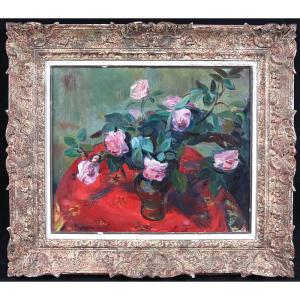




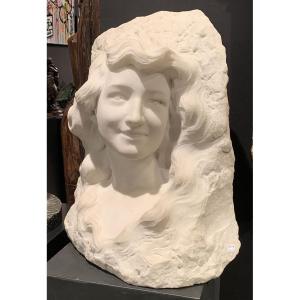
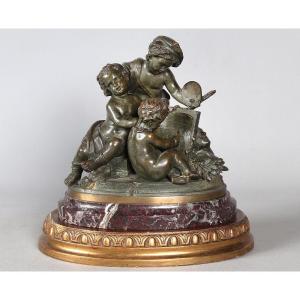
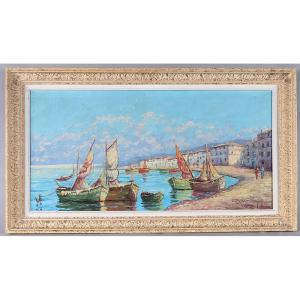


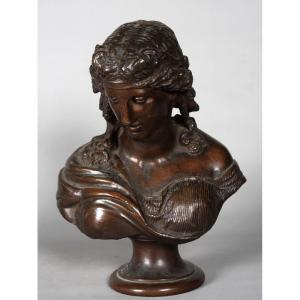
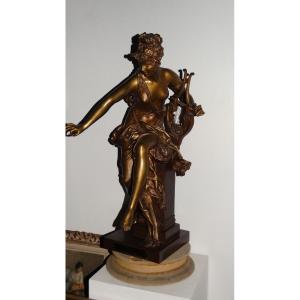







 Le Magazine de PROANTIC
Le Magazine de PROANTIC TRÉSORS Magazine
TRÉSORS Magazine Rivista Artiquariato
Rivista Artiquariato